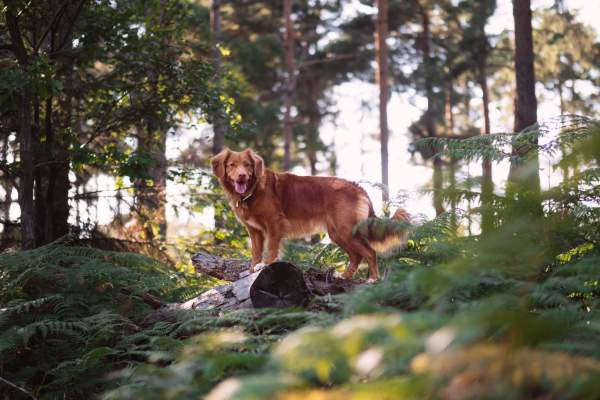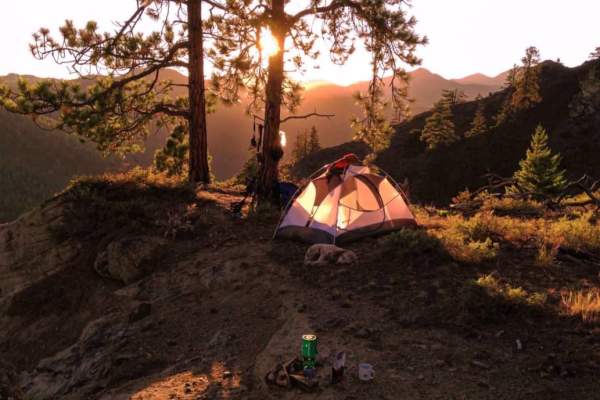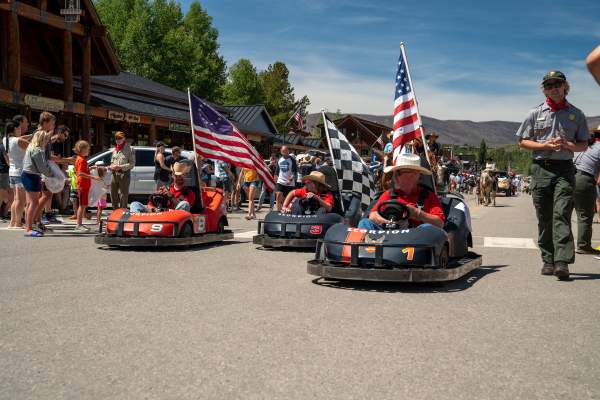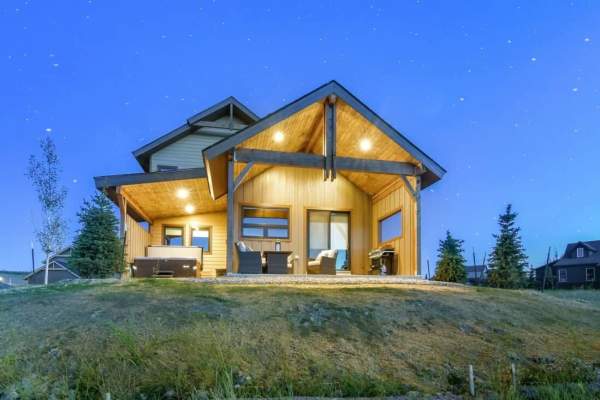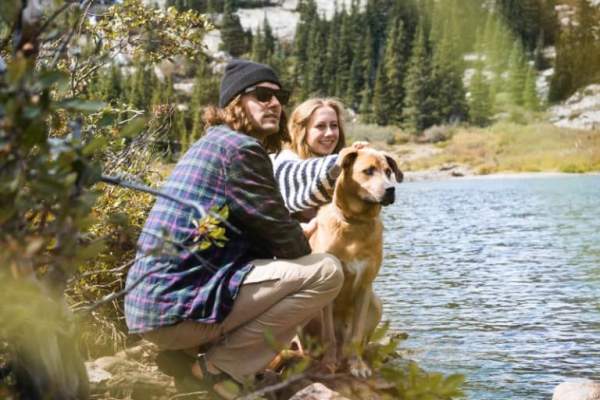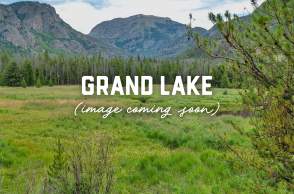History of Rocky Mountain National Park
Although Rocky Mountain National Park was officially established by President Woodrow Wilson in 1915, this amazing region of peaks, valleys and forests that is now one of the nation’s most popular vacation destinations had already been inhabited by humans for thousands of years. Tribes of Ute and Arapaho spent summers in the area until the land was acquired by the U.S. government with the Louisiana Purchase in 1803. These early European explorers were soon followed by hordes of miners and homesteaders in the 1860s enticed by the Pikes Peak gold rush and the Homestead Act of 1862, which offered settlers free plots of public land in the west.
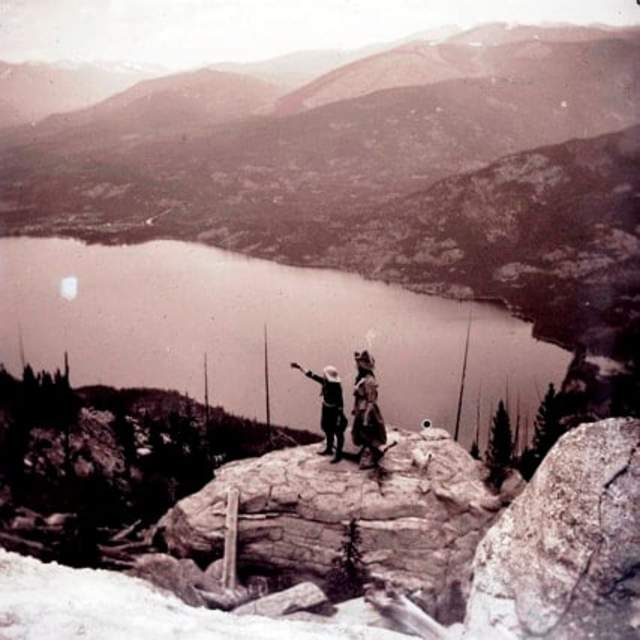
Not many homesteaders were able to survive in the harsh Rocky Mountain climate, but one that did was the Holzwarth family. In 1917, shortly after the Rocky Mountain National Park Act was signed, German immigrants John and Sophia Holzwarth journeyed west to homestead 160 acres along the banks of the Colorado River in the Kawuneeche Valley, just a few miles from the town of Grand Lake. They first built a simple one-room cabin, but eventually added a barn, sawmill and additional cabins for guests becoming one of the nation’s first dude ranch destinations. Today, the preserved Holzwarth Historic Site is a must-see attraction on Rocky’s west side.
 Another family to successfully homestead in the area was the Harbison family. Sisters Kittie and Annie Harbison arrived in the Kawuneeche Valley in 1896 to establish a thriving dairy farm. Located near the western entrance station, the Harbison Meadows now provides some of the finest picnic sites on Rocky’s west side as well as one of the best places to spot elk and moose year-round.
Another family to successfully homestead in the area was the Harbison family. Sisters Kittie and Annie Harbison arrived in the Kawuneeche Valley in 1896 to establish a thriving dairy farm. Located near the western entrance station, the Harbison Meadows now provides some of the finest picnic sites on Rocky’s west side as well as one of the best places to spot elk and moose year-round.
In the 1930s, the Depression-era Civilian Conservation Corps recruited workers to Rocky Mountain National Park to help build roads, camps, trails and other facilities. It was during this time that the Trail Ridge Road scenic byway was constructed, allowing visitors to travel between the towns of Grand Lake and Estes Park. Tourism surged after World War II and the park service introduced the concept of visitor centers to manage and educate the influx of visitors.

